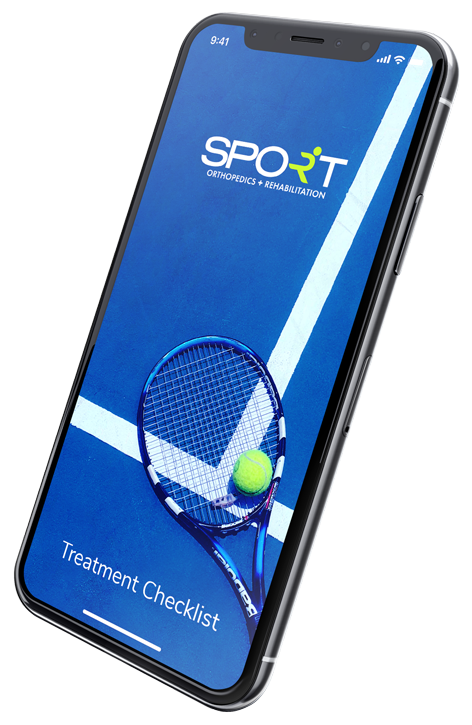Cervical Stenosis Treatment Dallas & Frisco
Cervical Spinal Stenosis, Cervical Myelopathy, Myeloradiculopathy
What Is Cervical Stenosis?
Cervical spinal stenosis is a condition in which the spinal canal begins to narrow. This typically occurs in patients who are at least 50 years of age or older. It often results in neck pain, spinal cord compression, and other serious issues. If you’re having serious neck pain that nothing seems to help, it may be time to visit our orthopaedic surgeons and physical therapists.
What Are the Symptoms of Cervical Stenosis?
While spinal stenosis and cervical spinal stenosis share many of the same symptoms, it’s important to look at the typical symptoms associated with each condition. Symptoms that are common with stenosis in the cervical spine are as follows.
- Chronic neck pain
- Tingling or numbness in the hands, legs, arms, or feet
- Balance problems
- Weakness in the hands, legs, arms, or feet
- Loss of hand function and fine motor skills
- In severe cases, loss of bowel control or bladder control
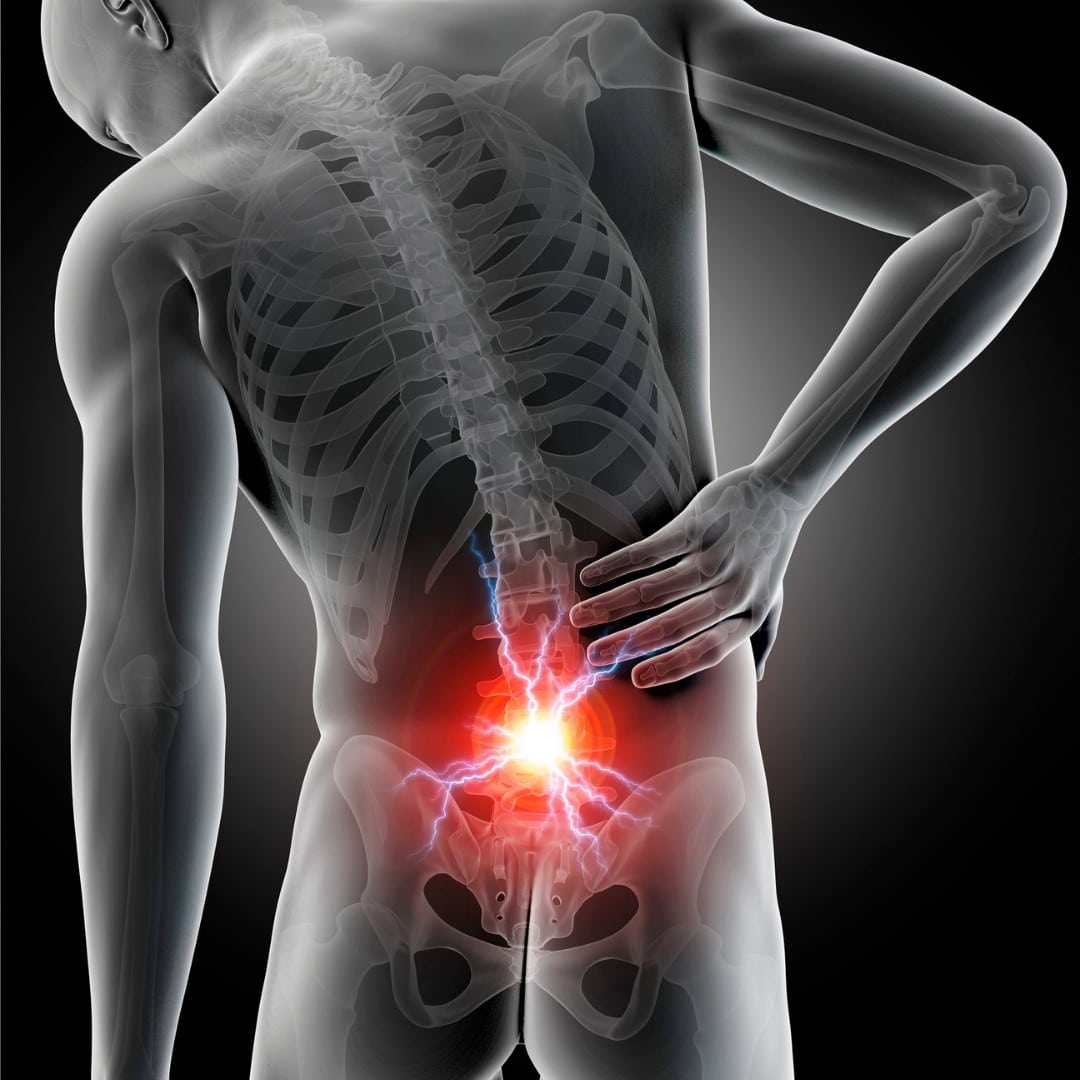
What Causes Cervical Stenosis?
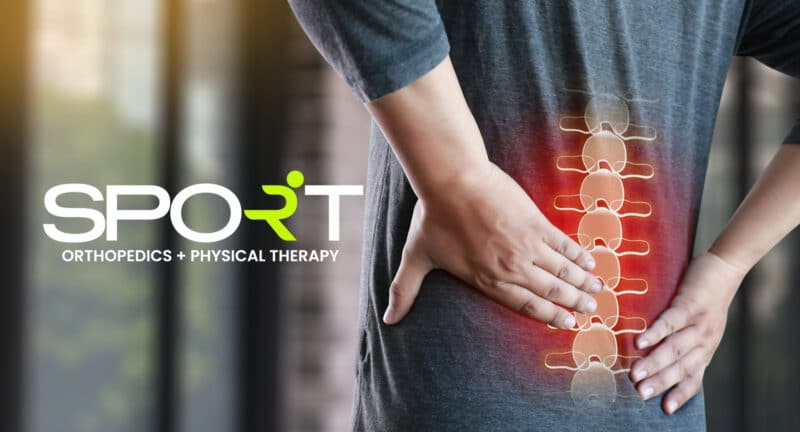
Most cases of cervical spinal stenosis are a result of gradual degeneration that affects the structures in the neck. This is often due to age-related degenerative changes. However, injury and trauma can also lead to the development of spinal stenosis in the neck.
Spinal degeneration can occur due to age, injury, or the long-term results of smoking, poor posture, or even a previous trauma. The structural changes that occur due to poor posture can affect the normal function of the spine. One good example of this change in function is changes to the intervertebral disc. When these discs lose their stretchiness, they can no longer handle the same forces as they once could.
This type of intervertebral disc degeneration and spinal stenosis can also cause other issues and affect other structures in the spinal canal. Examples of these issues include bone spurs, affected facet joints, nerve compression, herniated discs, and muscle weakness.
Cervical Stenosis Risk Factors
Certain risk factors exist for cervical spinal stenosis. We list the most common risk factors below.
- Age (50 years and older)
- Contact sports participation, such as football, soccer, hockey, or rugby
- Serious trauma to the spine or neck
- Additionally, a congenital spinal deformity can put patients at a higher risk of developing spinal stenosis in the neck.
When Should I Be Concerned With Cervical Stenosis?
If you have been diagnosed with spinal stenosis in the neck, there are certain warning signs to be aware of. For example, if you have undergone numerous conservative treatments with little to no improvement, it might be time to look at more invasive treatments. Additionally, if you experience any of the following severe symptoms, you should speak with your doctor.
- Burning pain or numbness in the legs and arms
- Emotional distress from the condition
- Damage to the spinal cord, or myelopathy
- Sexual dysfunction
- Difficulty walking or other mobility issues
- Difficulty sleeping
- Radiating sciatica pain
How to Diagnose Cervical Stenosis
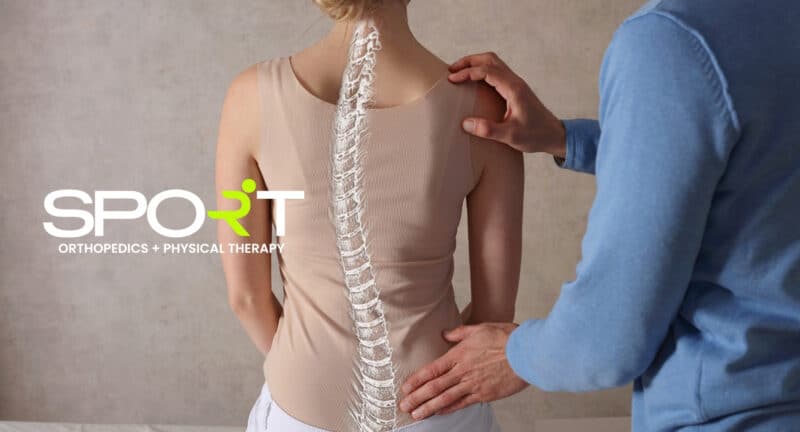
In most cases, doctors will use one of two kinds of tests when diagnosing spinal stenosis. The first type aims to confirm that your symptoms are not due to another underlying issue. The other type aims to confirm a narrowing of the spinal canal. Doctors usually decide which tests to order based on your reported symptoms, as well as some reflex and gait testing results. The most common tests are as follows.
- X-rays: This helps to take pictures of the spinal cord and spinal canal.
- Magnetic resonance imaging (MRI): Powerful magnets and computers create more detailed images of the spinal column.
- Myelogram: Spinal injections of a special dye help to show where the spinal cord narrows and experiences pressure.
- Computed tomography scan (CT): A CT scan also uses X-ray beams, but these thin beams rotate around the entire spinal cord. It can create a 3D image of the spine area.
What Is the Best Treatment for Cervical Stenosis?
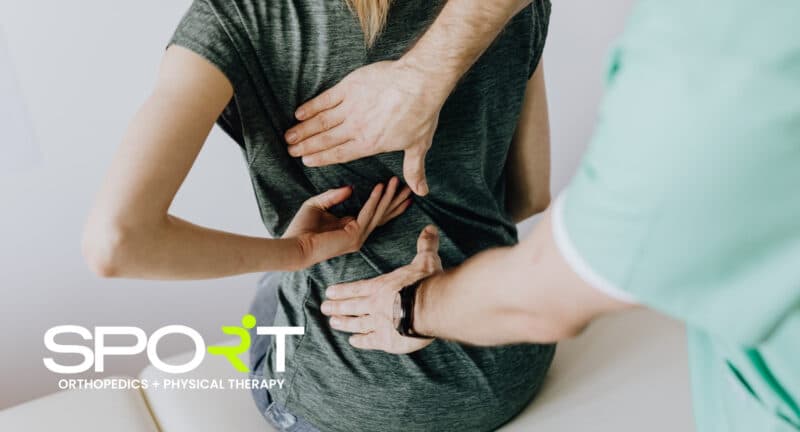
Before we ever decide which treatments are appropriate for you, our orthopedic specialists will perform a physical exam, ask about your specific symptoms, and gather a medical history. We will confirm a diagnosis of stenosis in the cervical spine. Then, we design a personalized treatment plan tailored to your needs. In most cases, we opt for conservative, non-surgical treatments to relieve pain before considering spine surgery.
Nonsurgical Treatments for Cervical Stenosis
- We will usually begin with over-the-counter medications to ease pain. This can work for mild stenosis cases but is usually only a form of short-term pain relief. For more severe cases, muscle relaxants may be necessary.
- Our experienced Dallas physical therapists will work with you to reduce inflammation and restore the range of motion in your neck.
- Another option is steroid injections into or near the cervical spine. This both reduces inflammation and swelling and helps to relieve pressure on the spinal nerves.
- Some cases benefit from chiropractic techniques to realign the spine. This can reduce irritation of the nerve roots.
- Other nonsurgical treatments exist, but we recommend speaking with your doctor to gain a better understanding of your options.
Surgical Treatment for Cervical Stenosis
If nerve pain persists and conservative treatments do not provide relief, it may be time to try minimally invasive surgery. Surgery also becomes more of an option if the neurologic loss in the patient is severe. Below, we outline the different surgical treatments for cervical spinal stenosis.
- Posterior Cervical Laminectomy
- Posterior Laminoplasty
- Spinal Fusion
- Anterior Disc Replacement
- Anterior Cervical Discectomy
- Posterior Foraminotomy
- Cervical Decompression Procedure
To find out which procedure may work best for you, visit one of our locations in Dallas or Frisco. Our providers are standing by to help you restore your mobility, relieve pressure on the spinal cord and nerve roots, and relieve pain.
When Is Cervical Stenosis Surgery Considered?
Deciding to undergo surgery is generally suggested by the doctor but ultimately left up to the patient. We will explain the potential risks and benefits of the procedure to our patients before preparing for surgery or spinal fusion. It is also important to understand the goals of our patients to ensure that we can meet those recovery goals.
When a patient experiences serious symptoms that conservative treatments don’t help, it may be time to consider surgery. We recommend scheduling an appointment with our Dallas orthopedic surgeons to ensure that you receive the best possible care.
What Is Recovery Like After Spinal Surgery?
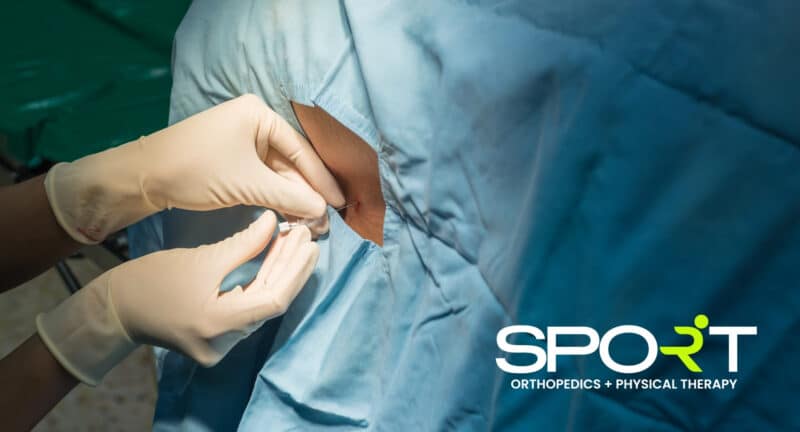
After you have surgery for your cervical or lumbar spinal stenosis, you can expect notable soreness and stiffness in your back. You might also have difficulty sitting or standing in the same position for too long. Additionally, many patients benefit from pain medications in the weeks following the surgery.
We encourage patience during recovery, as it may take as long as 4 to 6 weeks for you to feel comfortable performing normal activities. For full recovery, you may need 6 months to a full year. Some of our patients need a back brace to provide extra support during healing. Additionally, we offer physiotherapy with our specialists.
You can probably return to work after a recovery period of about one to two months if you do not engage in physical activity at your job. For jobs that require light physical activity, you may need to wait as long as three to six months before returning. We rarely recommend that patients who underwent spinal surgery return to jobs requiring heavy physical activity.
Home Recovery for Spinal Stenosis Surgery
Below, we outline how you should take care of yourself while recovering at home. It’s important that you make a list of what to do and what not to do during recovery. This will help you achieve the best possible results.
- If you feel tired, don’t hesitate to rest. Rest and sleep are essential for a speedy recovery.
- Try to walk at least a little bit every day. As the days go by, walk just a little more each time. This will help to increase blood flow through your body, which helps with soreness in the muscles. Its low-impact nature is perfect for patients recovering from surgery.
- Avoid lifting anything heavy, no matter what it is. If you need help around the house during recovery, be sure to make these arrangements before going in for surgery.
- Avoid all strenuous activities until they are approved by your doctor.
- Refrain from driving or riding in a car for long periods of time for at least two to four weeks after surgery.
Cervical Spinal Stenosis FAQs
Can Cervical Stenosis Be Prevented?
While it is possible to reduce your risk of cervical or lumbar spinal stenosis, there is no foolproof way to prevent it completely. However, there are certain lifestyle changes that we recommend for patients at risk of developing spinal stenosis or other spinal cord issues.
- Exercise regularly. Even light daily exercise is beneficial for both the spinal cord and nerves. Find a physical activity that you enjoy and stick with it, especially if that activity builds strength in your back and your core.
- Stretch daily to increase your flexibility and range of motion. Examples of helpful activities include flexibility training, yoga, and even water aerobics.
- Make a point to maintain a healthy weight. Excess weight on the body can strain your joints, including those in the spinal canal. Being overweight both increases the risk of spinal stenosis and increases the everyday wear and tear on your body.
What Activities Should Be Avoided With Cervical Spinal Stenosis?
Your doctor will advise you on which activities to avoid when you either have or are recovering from spinal stenosis. Below, we outline some activities to avoid when you either have or have been treated for spinal stenosis.
- Stretching while standing up
- Extension stretches
- Free weight exercises
- Running
- High-impact activities
- Lifting weights above your head
Can Cervical Stenosis Cause Permanent Paralysis?
When the spinal canal narrows over time, it can cause pain and pressure on the spinal nerves. Although paralysis and numbness are rare, they are still possibilities. If the spinal cord and nerve roots are compressed for a long time without treatment, this could lead to numbness or paralysis. That’s why it’s so important to speak with a medical professional if you have persistent pain in your back.
What Happens if Cervical Stenosis Is Left Untreated?
As with many musculoskeletal and skin diseases, doing nothing will almost certainly result in more harm than good. If a patient does not seek treatment for severe cases of spinal stenosis, they may experience permanent damage to the spinal cord and nerves. In the most serious cases, paralysis and even death are possible outcomes.
How Quickly Does Cervical Spinal Stenosis Progress?
At first, the condition will develop very slowly. You may not even notice any symptoms despite the gradual changing of the vertebral bodies. Your first symptoms will likely be back pain, weakness, tingling, or even numbness in the affected area. We recommend trying OTC medications to both relieve pain and reduce inflammation. If your condition worsens to the point that it affects your quality of life, it may be time to speak with a doctor.
Contact SPORT Orthopedics and Physical Therapy Today
At SPORT Orthopedics + Physical Therapy, our providers are always happy to help their patients get back to the active lifestyle they love. Our orthopedists and physical therapists in Dallas and Frisco are highly experienced. This means you can rest assured that you’ll receive only the best spinal stenosis, lumbar stenosis, and cervical stenosis treatments available. If you’re experiencing pain or stiffness in your spinal nerves, spinal canal, or intervertebral discs, you need the quality of care that SPORT has to offer. To schedule an appointment with our compassionate providers, please call 469-200-2832 today.
Other back and spinal cord conditions that we treat include the following:
- Bulging disc
- Sciatic nerve damage
- Muscle strains
- Ligament sprains
- Arthritis
- Osteoarthritis
- Osteoporosis


